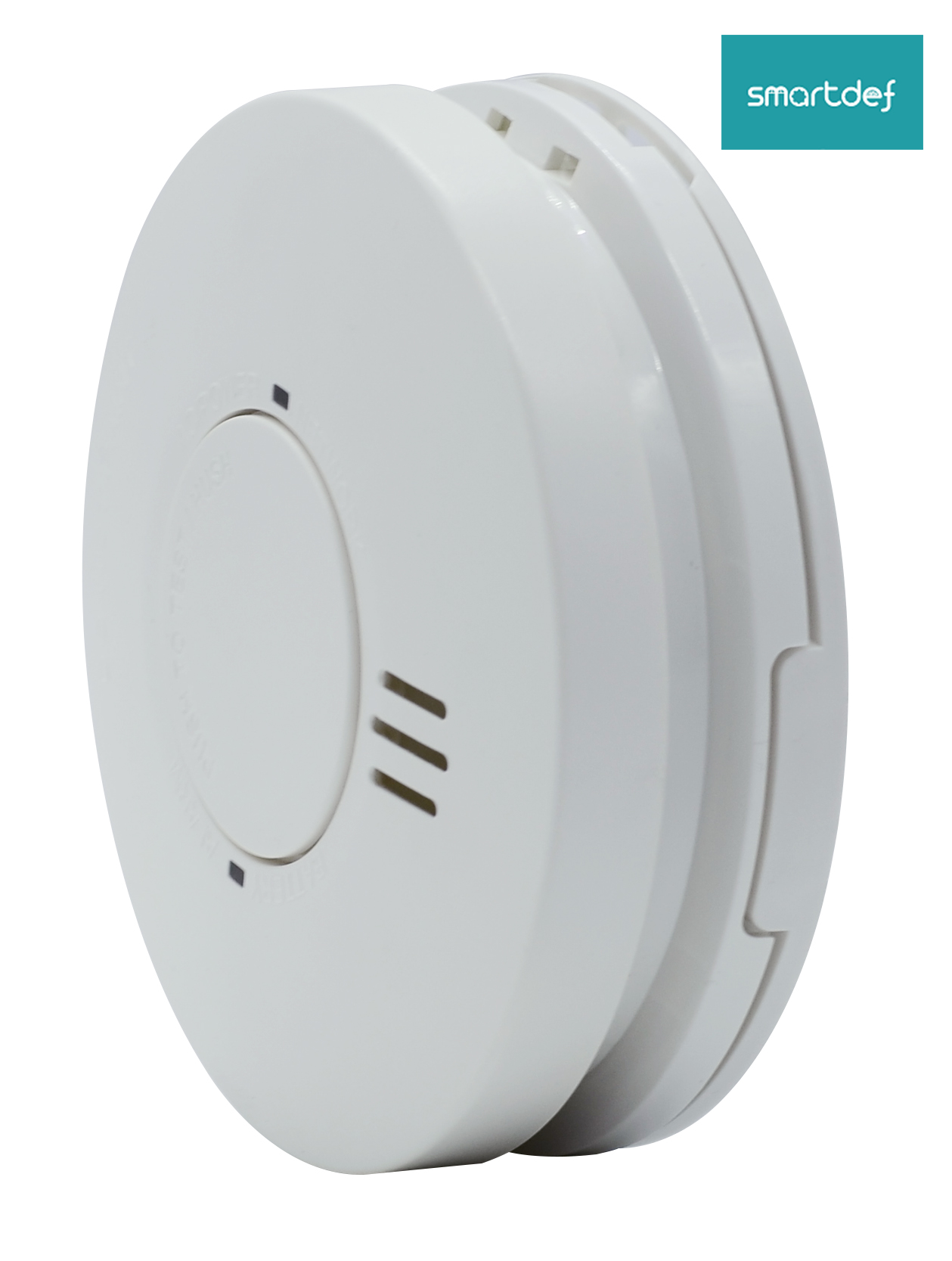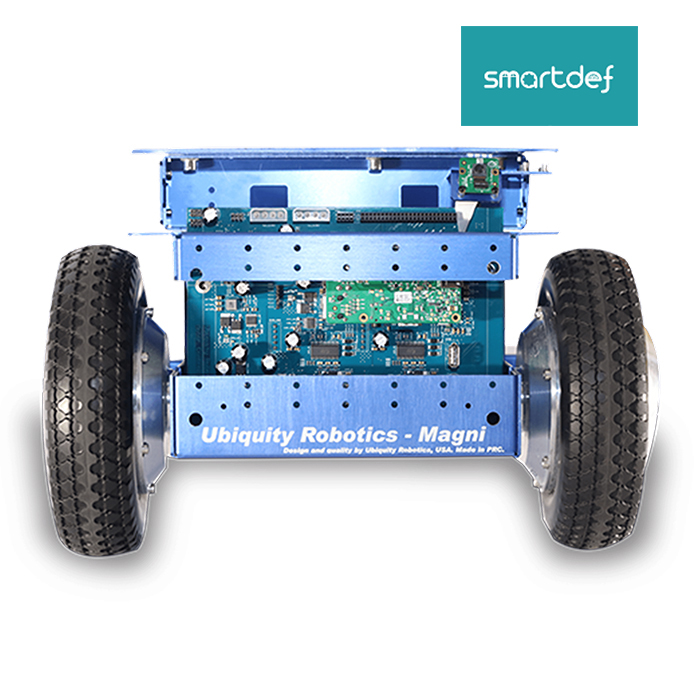Note this article is continued from a previous entry, under the title ‘Cellular has changed’ – eSIM positions cellular IoT for energy transition. Click here for the previous instalment.
But, as said, metering is a weird game, which employs different technologies in different local markets – according, variously, to the nature of the supply (electricity, gas, water), availability of the infrastructure, geography of the terrain, and biases of the suppliers. The last point, plus the long-time lack of alternatives, is why proprietary short-range 802.15.4 technologies were always favoured. More recently, it is down to regulation around smart metering, dictated by the relative costs and capabilities of the tech-of-the-day. Wireless Electric Meters

Hence why certain markets, notably in Europe, went all-in with power-line comms (PLC) for electric metering, for example. The logic to run the data transmission in parallel on the AC power line is plain, but the performance is patchy and the setup is messy, protests the cellular market; cellular gateways often utilised to extract the data from concentrator units in the PLC network, and cellular IoT is emerging all the time as a candidate for more meter action. But the deals are done in countries like France and Italy, which have already prescribed PLC in electric AMI systems.
Loic Bonvarlet at SIM specialist Kigen, standing-up the cellular end, responds: “We are not here to push the wrong technology; we don’t want to be prescriptive… PLC is an efficient way [to carry electric meter data]; it does the job. But it requires these concentrator points to aggregate the data – which often use cellular, like in France. And you find that is often the way. Even in the UK, the model is for this small local mesh for different houses and different meters – which can combine electric and gas metering. But the mesh goes via a smart meter hub which is cellular-enabled.
“So this type of mix exists, and works. But if you combine two technologies, then you have to protocol-translate between; and if you’re starting fresh, without infrastructure, then a flatter and simpler architecture, from the point of measurement all the way to the backend, is preferred. Plus cellular is reliable and secure. You have a mandate from all the big operators to provide service as an emergency line, with strict requirements on availability. You can also integrate security at various levels, and encrypt and sign data at the point of origin all the way into the backend.”
The last point, about security, goes to the heart of Kigen’s SIM proposition. But power-line connectivity is a special case in power-line metering, and will not be easily dislodged in markets that have followed its infrastructure logic. Battery-powered cellular IoT is a clearer option in gas and water metering, where there is no ready power; but it is far from being the only option. “Water metering, in particular, is very fragmented at city level and regional level. Quite often they’ve gone with proprietary mesh, or with LoRa. It’s a mixed bag,” says Bonvarlet.
But he points to the NB-IoT rush in China (“where they said, ‘okay, let’s go with cellular for electricity, too’”), and again to the fact that cellular affords a way to untangle the web of AMI pathways otherwise meshed together to get the data out (“direct from the endpoint to the back office”). In defence of cellular-based AMI, there is the argument, too, that utility operators and meter makers can better leverage existing (almost) national infrastructure and better rely on blue-chip continuity of service with big mobile operators – versus smaller regional providers of non-cellular solutions.
They can also, thanks to eSIM, swap-out carriers in the field. Bonvarlet refers to the big mobile network operators (MNOs) as “rainmakers” at the fat-end of IoT, which big-scale machine-to-machine (M2M) disciplines in industries like energy and automotive have always called home. “They control the infrastructure in many countries, and are the only ones who can really compete. They are the rainmakers – the 10, 12 big operator groups that can bear the cost of running and operating native national networks. So if they see the deal, then they will beat everyone to it.”
Bee Hayes-Thakore, vice president of marketing at Kigen, notes that virtual operators (MVNOs), piggybacking on nifty MNO roaming deals across the planet, are powerful operatives in the metering market, too – especially as eSIM popularises anytime-anywhere network provisioning. “They are often the ones to get these things off the ground – the launchpad for many metering strategies,” she says. But mobile operators (of whatever stripe) are not just rubbing their hands as meter makers come knocking; because the cellular market badly needs smart meters, also.
“AMI affords the kind of scale to network operators which amortises the investment in a network or rollout of a technology,” she adds. The point should not be under-played, considering that the IoT market has laboured under the illusion that it is going to be easy – and ‘massive’. Bonvarlet says the same: “It is one of the only deployments in IoT that can go above the million mark.” Of course, that promise of scale is the same for every technology provider. Just take US metering giant Itron, which has 86 million endpoints under management
Itron is the only non-MNO/MVNO in Gartner’s ‘magic’ connectivity quadrant every year, notes Bonvarlet. “Which is quite unique. Itron manages multiple deployments in multiple countries with multiple technologies. The point is there is nothing else like metering for scale – which is not automotive, at least.” The opportunity remains vital, too – through a new generation of electric meter upgrades in residential settings, the emergence of low-power metering in water management, and the rise of new power sources and the new trend of private networks in the enterprise sector.
Hayes-Thakore says: “The default view is of the residential market. But if you consider how energy is starting to be generated and moved about, it’s actually a lot to do with solar and wind farms, and the need for more meters and aggregators, and more complex hubs – to enable this exchange and trade of energy… The other trend is around private networks, particularly with CBRS in the US, and how to transition [the grid] to private infrastructure whilst also enabling public fallback – and the meters now run the logic inside to help detect outages and switch between.”
Perhaps the most intriguing aspect of the new digital platform for energy transition is about how energy is monitored for trade – most notably at electric vehicle (EV) charging stations. The humble SIM, repositioned as an eSIM (to be extended as an iSIM) has a pivotal role, reckons Hayes-Thakore; and utility companies have a crucial decision about how future energy infrastructure is networked, she says. “AMI investments now will enable service acceleration later – whether that’s reporting to consumers, or electrification of the roads.”
The implication is that the success of their own business transformation tomorrow, along with the service transformation they enable in their markets, will be dictated to a degree by their tech decisions today. She says: “In this hyper connected world, [the cellular SIM] provides every endpoint with a unique ID and a binding certificate [to make data transactions] verifiable across the network – so you can start doing payments, trading energy; all those things that are in their infancy right now. But that kind of service acceleration is guided by metering decisions today.”
For more from Loic Bonvarlet and Kigen, check out the recent webinar on smart meters, and check back for the attendant editorial report, out at the end of November.
Since 1982, RCR Wireless News has been providing wireless and mobile industry news, insights, and analysis to mobile and wireless industry professionals, decision makers, policy makers, analyst and investors.

Water Smart Meter © 2021-2022 RCR Wireless News